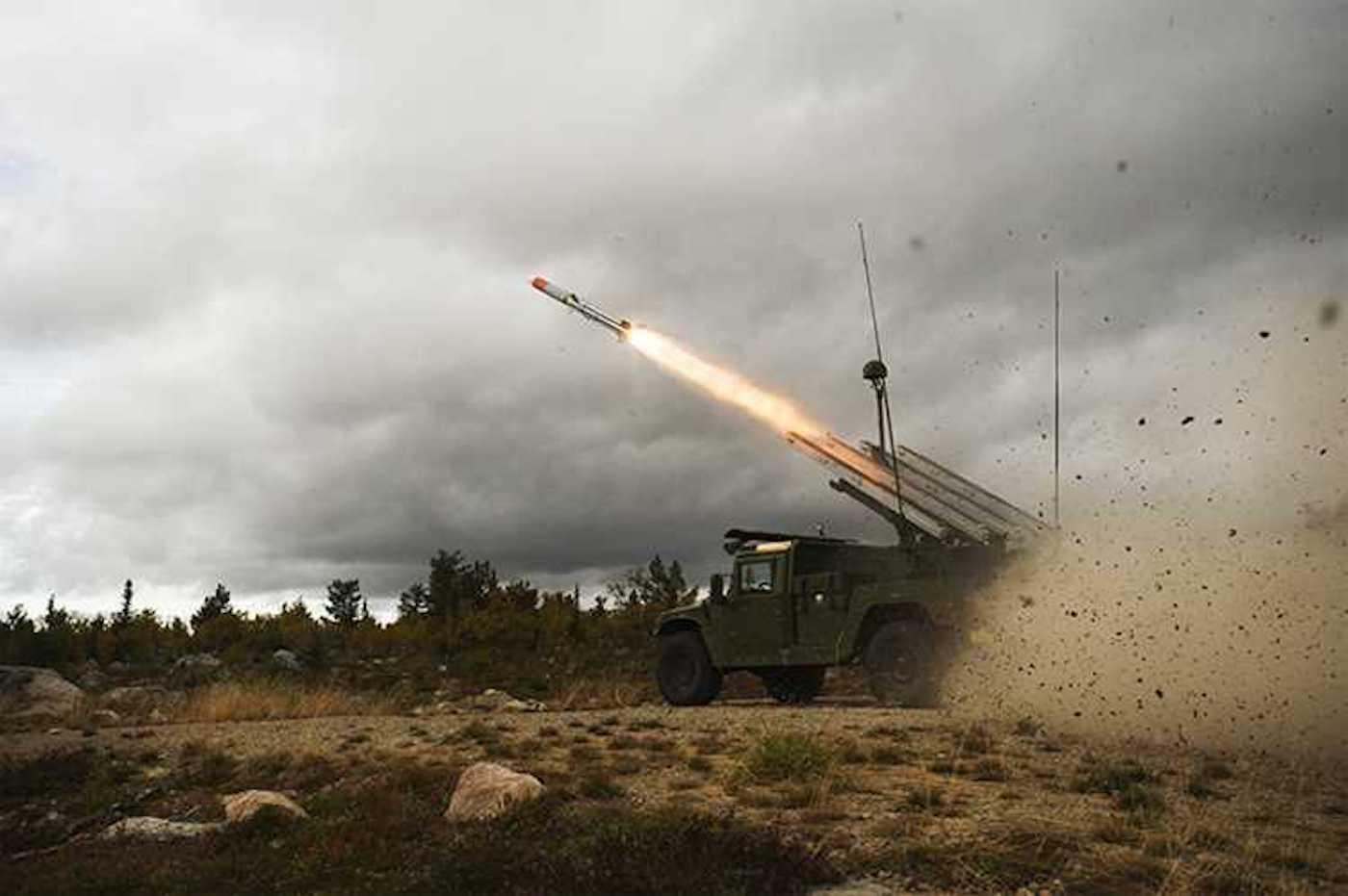(MENAFN- Asia Times) Beyond rushing deliveries of very costly and unproven air defense systems to Ukraine, Washington is doing next to nothing about Iran's delivery of for the war.
Russia has already fired off around 400 Iranian-made drones, mostly aimed at in Ukraine including power plants, water pumping stations and dams. Combined with Russian cruise missiles, the drones and missiles have caused considerable damage.
Deliveries to Iran include the (a drone knock-off), the (built especially for the Iranian Revolutionary Guards and carrying two missiles) and loitering munition drones (allegedly designed to hit Tel Aviv and Haifa), and .
Shahed-131 is loaded with US components including a sophisticated , although the Biden administration seems unconcerned. Shahed-136 uses a China-made four-cylinder gasoline engine that can generate more than 21.5 horsepower.
Information about the drone deliveries was culled from the of Iran and exposed in the West by the Paris-based National Council of Resistance of Iran.
The US is responding by rushing two air defense batteries known as (Norwegian Advanced Surface to Air Missile System), a joint project between Norway's and in the United States. Raytheon changed the name“Norwegian” in NASAMS to“National.”
NASAMS has never been used in any serious combat operation. While NASAMS dates back to the 1990s, it has, over time, been upgraded with better radars and other improvements.
NASAMS takes the air-to-air beyond-visual-range missile and uses it as a ground-based interceptor. It is not the first air defense system that uses an air defense missile for ground area protection. The US, France and Israel have fielded similar systems. NASAMS competes with Israel's Spyder, which can launch Python and Derby missiles.
One of the key advantages of NASAMS is that there is a very large supply of AMRAAM missiles distributed around the world. Most of these are older models but it is supposed they are good enough to counter cruise missiles and drones – although that remains to be seen.
AMRAAM has a much shorter range when launched from the ground. It is estimated that AMRAAM on NASAMS could be effective only up to 25 miles.
NASAMS can also fire shorter-range infrared seeker missiles like the AIM-9 Sidewinder. But infrared-guided missiles have limited value against stealthy drones with tiny engines.

The US is sending the NASAMS to Ukraine to counter Iranian drones. Image: Cronsberg / Screengrab
Another further possible drawback is that only two systems will initially be delivered to Ukraine, meaning they can be used to protect only a few areas. Four more are planned but it will take some time before they can be manufactured and deployed.
Additionally, NASAMS will have difficulty protecting targets in a swarm attack. The Russians can mix and match drones and cruise missiles and throw them in large numbers against high-value targets.
While NASAMS can engage multiple targets at one time, it will have problems for two reasons:
AMRAAMS onboard radar may have difficulty accurately detecting small drones made out of composites and plastics.
AMRAAM probably cannot sort out possible targets. Russia can mix different drone types in any attack, some operating in practice as decoys.
AMRAAM missiles also are expensive at . If one compares the system to Israel's Iron Dome, AMRAAM is more than 20 times more costly (the missile in Iron Dome costs about $100,000 per piece). Ukraine will start off using mostly donated AMRAAMS but stocks will have to be replenished.
NASAMS is an expensive system. A single system sold to Kuwait Thus the cost of the initial delivery to Ukraine will be $6 billion and the cost of all six planned to be sent will price in at $18 billion.
It isn't clear how this impacts the rest of US spending for Ukraine but obviously footing this bill is going to cut into the delivery of other weapons for Ukraine and, at the same time, deplete US and NATO air-to-air missile inventories.
AMRAAM works through its onboard radar. It is a missile designed to hit and kill enemy warplanes, not slower-flying drones or cruise missiles. The jury is out on how well the system can perform in practice.
Saudi Arabia has shot down Houthi drones with AMRAAMs fired from fighter aircraft, but this does not tell us much about how AMRAAM will perform when fired from static ground launchers.
The US has not done very well with missiles using onboard radar. For years, American fighter planes were equipped with Sparrow missiles, which had built-in radar seekers. The performance of Sparrow left a lot to be desired as most of those fired missed their targets.
Sparrows are still in service. An updated version of Sparrow is used on board US Navy ships as the (ESSM). Radar is also used in air defense systems, such as the venerable and Patriot (MIM-104).
Despite Iran's growing support to Russia for the Ukraine war and the staggering expenditures by the US and others supporting Ukraine, the US is taking a mostly passive approach to Iran and the Iran-Russia alliance.

Iranian Supreme Leader Ayatollah Ali Khamenei, center, and Russian President Vladimir Putin greet each other as Iranian President Ebrahim Raisi stands at right during their meeting in Tehran, Iran, on July 19, 2022. Photo: Office of the Iranian Supreme Leader
The State Department has put some sanctions on Iranian officials associated with the civil uprising and crackdown in Iran. But no sanctions have been imposed by Washington on high-value goods, most importantly Iranian oil. Instead, the US has simply stated its opposition to the crackdown on dissidents in Iran.
Meanwhile, , acknowledged by Washington, that Iran may be planning attacks against Saudi Arabia and northern Iraq. Again, the Biden administration is apparently doing almost nothing and has not made any public counter-threats to Iranian operations.
Washington is paralyzed because the Biden administration . This has immobilized Washington and taken away any proactive approach to the threat Iran poses regionally and in partnership with Russia. It looks unlikely in the extreme that Biden will change direction.
Stephen Bryen is a senior fellow at the and at the . Follow him on Twitter at